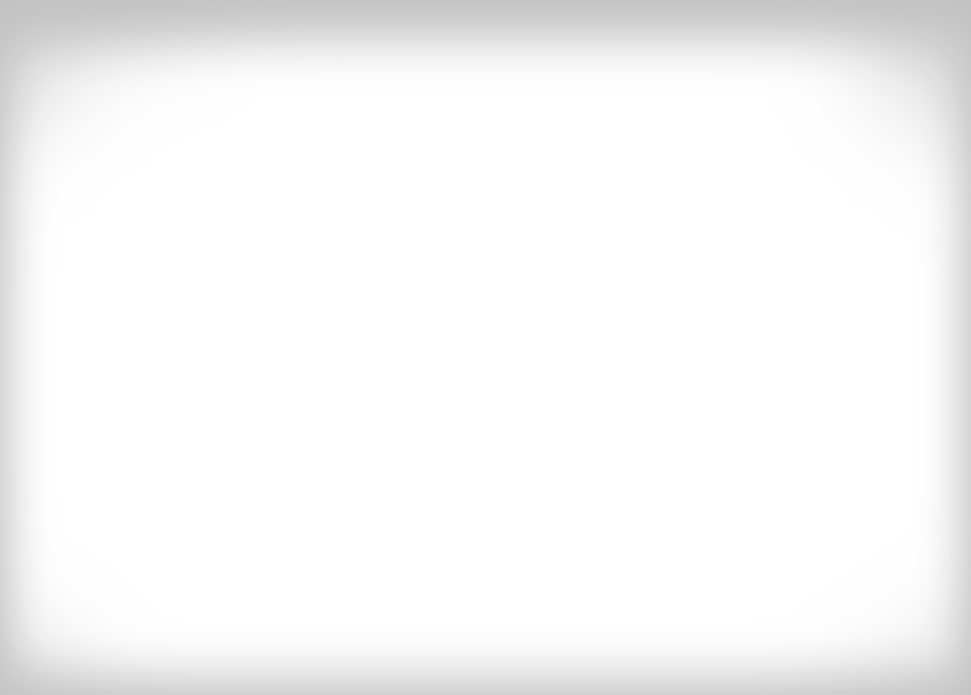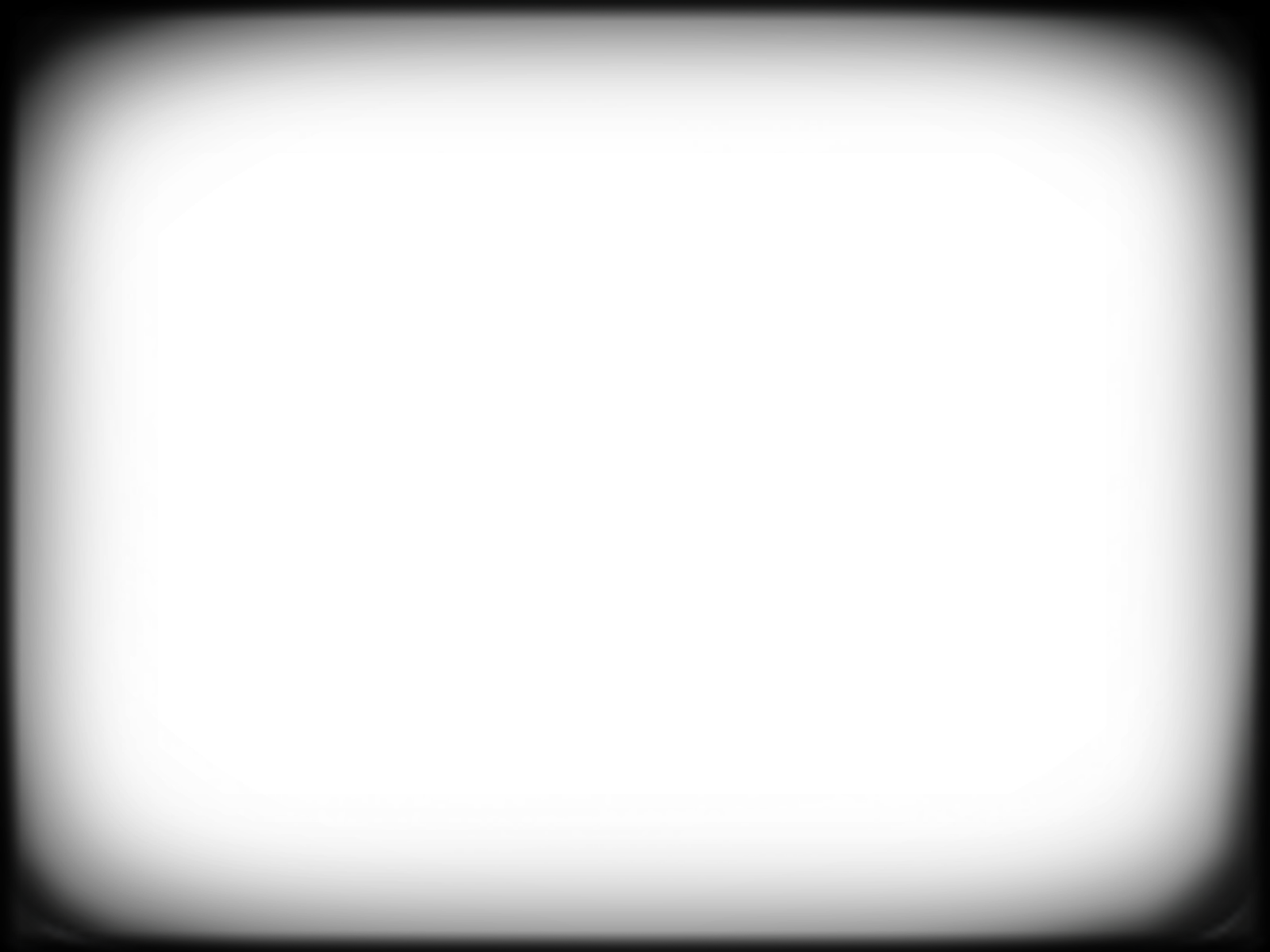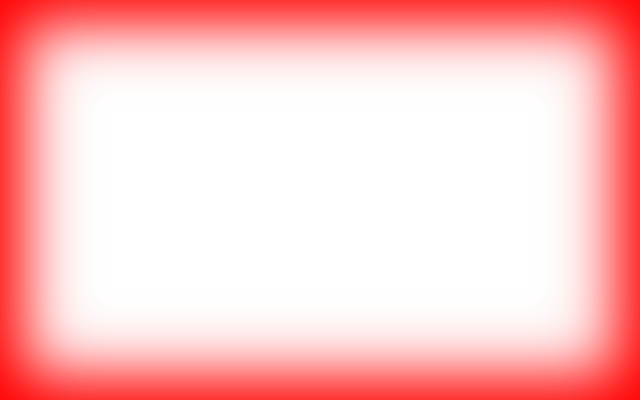Download top and best high-quality free Vignette PNG Transparent Images backgrounds available in various sizes. To view the full PNG size resolution click on any of the below image thumbnail.
License Info: Creative Commons 4.0 BY-NC
A vignette is a short, beautifully written anecdote or story that highlights a particular moment or mood. It derives from the French word “vigne,” which means “little vine.” Writers often use a vignette to capture a small but significant moment or to evoke a particular emotion or atmosphere.
What makes a vignette different from a short story?
A vignette is a type of short story, but it has distinct differences from other forms. While a conventional short story generally has a plot, characters, and a resolution, a vignette usually offers only a brief snapshot of a moment, scene, or mood. It is often a self-contained piece and doesn’t develop a complete narrative arc like a traditional story.
A vignette tends to focus on a single, vivid image or sensation, such as a particular smell, taste, or sound. It is descriptive rather than plot-driven, and it emphasizes the emotional impact of a particular event or experience.
How are vignettes used in literature?
Vignettes are commonly used in literary works to add depth and nuance to characters, and to establish a sense of time, place, and atmosphere. They can be used to highlight an important or memorable moment in a character’s life, or to evoke a particular feeling or emotion.
Many famous writers have used vignettes in their work, such as Ernest Hemingway’s “A Clean, Well-Lighted Place,” which describes a lonely cafe at night, or Amy Hempel’s “In the Cemetery Where Al Jolson Is Buried,” which captures the grief and sadness of visiting a dying friend.
Often, vignettes are used in conjunction with other narrative forms, such as a novel or collection of short stories. They provide a way to add depth and detail to a larger work, or to explore themes and ideas that might not fit into a traditional narrative.
How do you write a vignette?
Writing a vignette is a creative exercise that can be both challenging and rewarding. Here are some tips to get started:
Choose a moment or feeling to focus on:
A vignette should capture a particular mood or sensation, whether it’s the feeling of being lost in a city at night or the taste of a favorite food. Think about a moment that you remember vividly, and use that as a starting point.
Use descriptive language and imagery:
The key to writing a successful vignette is to create a vivid and evocative picture in the reader’s mind. Use strong adjectives and sensory language to paint a detailed picture of the setting, the characters, and the action.
Focus on the emotional impact:
A vignette should elicit a strong emotional response in the reader, whether it’s joy, sadness, or something else entirely. Think about the emotions that you want to convey and use language and imagery that will evoke those feelings.
Keep it concise:
A vignette should be short and concise, usually only a few paragraphs or a page at most. Don’t try to cram too much into one piece; focus on one or two key moments or emotions and develop those fully.
Overall, a vignette is a powerful tool for writers who want to convey a specific moment or mood. With careful attention to detail and evocative language, a writer can create a piece that captures a reader’s imagination and emotions.
Download Vignette PNG images transparent gallery
- Vignette PNG Picture
Resolution: 971 × 695
Size: 45 KB
Image Format: .png
Download
- Vignette PNG
Resolution: 1920 × 1080
Size: 183 KB
Image Format: .png
Download
- Vignette Transparent
Resolution: 1600 × 1200
Size: 280 KB
Image Format: .png
Download
- Vignette
Resolution: 1200 × 600
Size: 99 KB
Image Format: .png
Download
- Vignette Background PNG
Resolution: 1920 × 1080
Size: 643 KB
Image Format: .png
Download
- Vignette No Background
Resolution: 2731 × 4096
Size: 183 KB
Image Format: .png
Download
- Vignette PNG Clipart
Resolution: 644 × 484
Size: 36 KB
Image Format: .png
Download
- Vignette PNG Cutout
Resolution: 1200 × 750
Size: 214 KB
Image Format: .png
Download
- Vignette PNG File
Resolution: 640 × 400
Size: 14 KB
Image Format: .png
Download
- Vignette PNG Free Image
Resolution: 1024 × 540
Size: 31 KB
Image Format: .png
Download
- Vignette PNG HD Image
Resolution: 1900 × 650
Size: 7 KB
Image Format: .png
Download
- Vignette PNG Image File
Resolution: 690 × 460
Size: 29 KB
Image Format: .png
Download
- Vignette PNG Image HD
Resolution: 180 × 180
Size: 3 KB
Image Format: .png
Download
- Vignette PNG Image
Resolution: 1024 × 732
Size: 367 KB
Image Format: .png
Download
- Vignette PNG Images HD
Resolution: 1920 × 656
Size: 73 KB
Image Format: .png
Download
- Vignette PNG Images
Resolution: 360 × 222
Size: 12 KB
Image Format: .png
Download
- Vignette PNG Photo
Resolution: 950 × 600
Size: 67 KB
Image Format: .png
Download
- Vignette PNG Photos
Resolution: 300 × 300
Size: 2 KB
Image Format: .png
Download
- Vignette PNG Pic
Resolution: 1920 × 1440
Size: 861 KB
Image Format: .png
Download


















